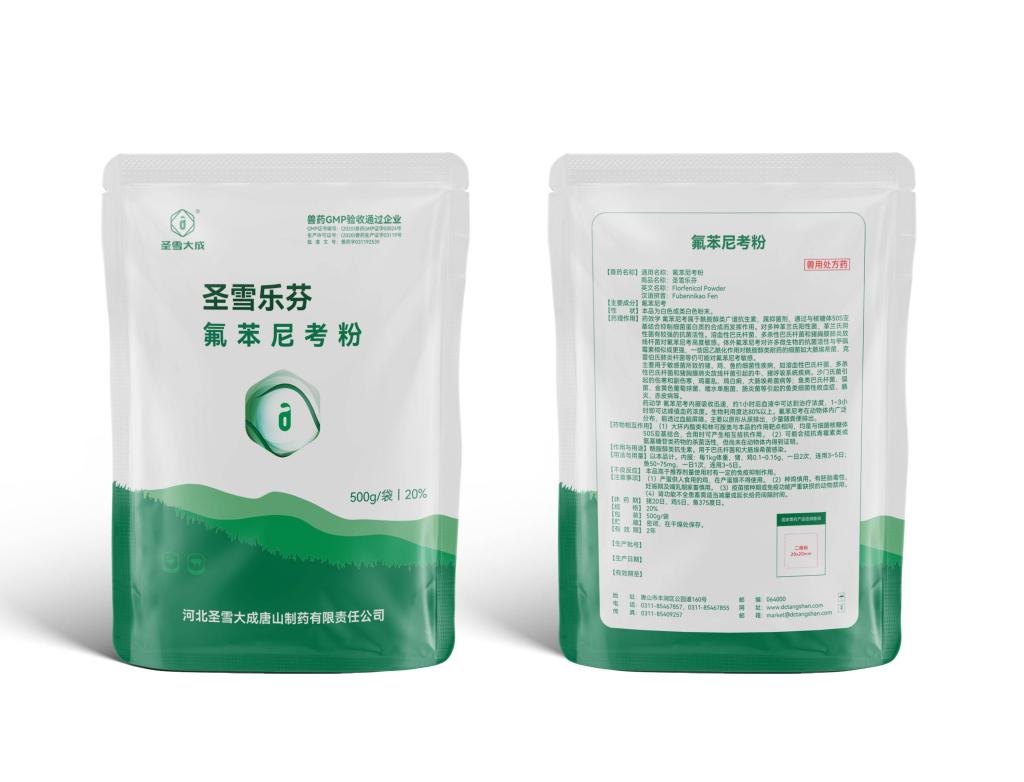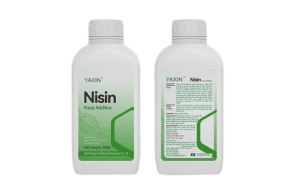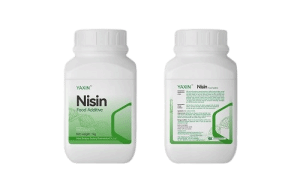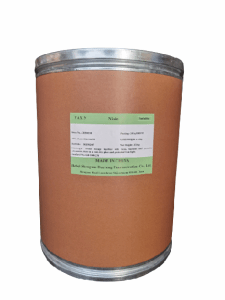Tel:+8618231198596

News
 CONTACT
CONTACT
 CONTACT
CONTACT
- Linkman:Linda Yao
- Tel: +8618231198596
- Email:linda.yao@dcpharma.cn
- Linkman:CHARLES.WANG
- Department:Overseas
- Tel: 0086 0311-85537378 0086 0311-85539701
News
Current Position:
Home >
News
>Producers are encouraged to document the use of Florfenicol Powder for traceability.
Producers are encouraged to document the use of Florfenicol Powder for traceability.
TIME:2024-10-18
The Role of Florfenicol in Animal Health
Florfenicol is a broad-spectrum antibiotic widely used in veterinary medicine to treat bacterial infections in various animal species, including cattle, swine, and poultry. Its efficacy against both Gram-positive and Gram-negative bacteria makes it a valuable tool for managing respiratory, gastrointestinal, and other systemic infections. However, the responsible use of florfenicol is essential to prevent the development of antimicrobial resistance and to ensure the safety and quality of animal products.
Importance of Documentation
Documenting the use of florfenicol powder is crucial for several reasons:
Regulatory Compliance
Legal Requirements: Many countries have strict regulations regarding the use of veterinary drugs. Proper documentation ensures that producers comply with local, national, and international laws, such as those set by the U.S. Food and Drug Administration (FDA), the European Medicines Agency (EMA), and the World Organisation for Animal Health (OIE).
Withdrawal Periods: Florfenicol, like other antibiotics, has a specified withdrawal period during which the treated animal or its products must not enter the food supply. Accurate records help producers adhere to these periods, reducing the risk of residue violations and ensuring consumer safety.
Traceability and Transparency
Supply Chain Integrity: Comprehensive records of florfenicol use enhance the traceability of animal products. In the event of a health or safety issue, such as a drug residue violation, these records allow for rapid identification and isolation of affected batches.
Consumer Confidence: Transparent and well-documented use of veterinary drugs builds trust with consumers, who are increasingly concerned about the origin and safety of the food they consume. Traceability can also support marketing efforts, particularly for products labeled as "antibiotic-free" or "responsibly sourced."
Veterinary Oversight and Stewardship
Antimicrobial Stewardship: Documentation enables veterinarians to monitor the effectiveness of treatment regimens and make informed decisions about the appropriate use of florfenicol. This supports antimicrobial stewardship efforts, which aim to preserve the efficacy of antibiotics for future generations.
Health Management: Detailed records of florfenicol use, along with information on the animals' health status, can help identify patterns and trends. This data is invaluable for disease prevention, herd health management, and the development of more targeted and effective treatment protocols.
Best Practices for Documentation
To ensure effective and compliant documentation of florfenicol use, producers should follow these best practices:
Standardized Record-Keeping:
Use standardized forms or digital platforms to record the administration of florfenicol.
Include essential information such as the date of treatment, animal identification, dose, route of administration, and the name of the person administering the drug.
Training and Education:
Train all staff involved in the care and treatment of animals on the importance of accurate record-keeping.
Provide ongoing education on the proper use of florfenicol, including adherence to withdrawal periods and the recognition of signs of adverse reactions.
Regular Audits and Reviews:
Conduct regular audits of your record-keeping system to ensure accuracy and completeness.
Review records periodically with a veterinarian to assess the effectiveness of treatment protocols and to make any necessary adjustments.
Data Security and Accessibility:
Store records securely to protect them from damage, loss, or unauthorized access.
Ensure that records are easily accessible to authorized personnel, such as veterinarians and regulatory officials, when needed.
Integration with Other Systems:
Integrate florfenicol use records with other farm management systems, such as inventory control, health monitoring, and environmental management.
Consider using electronic systems that can automatically generate reports and alerts, enhancing the efficiency and reliability of your documentation process.
Conclusion
Documenting the use of florfenicol powder is a critical component of responsible animal production. It ensures regulatory compliance, enhances traceability, and supports veterinary oversight and antimicrobial stewardship. By following best practices for record-keeping, producers can maintain the integrity of their operations, build consumer confidence, and contribute to the sustainability of the animal production industry. As the demand for transparent and safe food products continues to grow, the importance of thorough and accurate documentation cannot be overstated.
- Tel:+8618231198596
- Whatsapp:18231198596
- Chat With Skype







